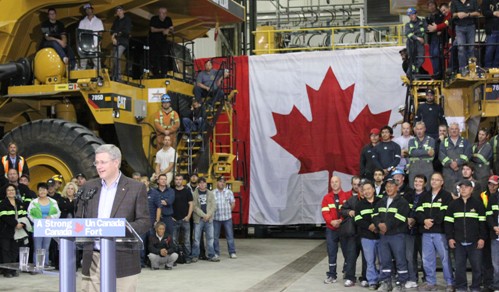Published by New Vanguard Media, The Global Commodities Report is a digital magazine about the benefits of resource business.
With an innovative zero-impact exploration program and a partnership with the indigenous Mayala People, Australia’s Pluton Resources landed both a prestigious Golden Gecko environmental award and an iron ore mining agreement where others had failed: on an uninhabited, culturally significant, island off the northwest Australian coast.
Picture a miner out in a boat fishing off the northwest coast of Australia in the Kimberley region, scanning the iron-red shoreline of uninhabited Irvine Island, knowing that historic mistrust of the mining industry keeps its resources out of reach, and wondering to himself, “How can we make this work?”
Pluton Resources Limited Managing Director, Tony Schoer, had already worked on two nearby mining projects. “I knew this area well because I had worked on Koolan Island in the 1980’s and I was the joint venture representative for Cockatoo Island, so I knew of Irvine Island. We used to go fishing close by and you can see iron concentrations in the cliffs.”
























